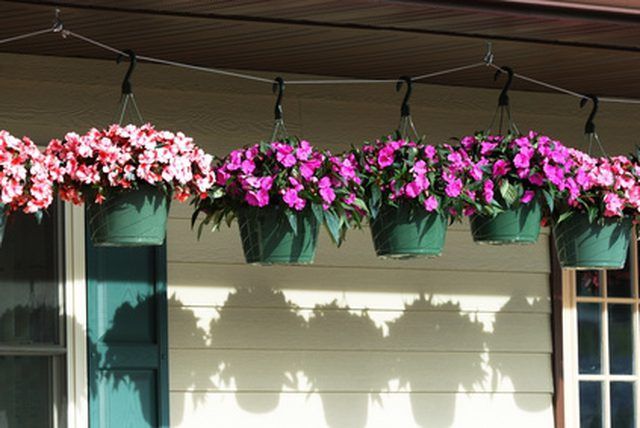Bulbs
Flower Basics
Flower Beds & Specialty Gardens
Flower Garden
Garden Furniture
Garden Gnomes
Garden Seeds
Garden Sheds
Garden Statues
Garden Tools & Supplies
Gardening Basics
Green & Organic
Groundcovers & Vines
Growing Annuals
Growing Basil
Growing Beans
Growing Berries
Growing Blueberries
Growing Cactus
Growing Corn
Growing Cotton
Growing Edibles
Growing Flowers
Growing Garlic
Growing Grapes
Growing Grass
Growing Herbs
Growing Jasmine
Growing Mint
Growing Mushrooms
Orchids
Growing Peanuts
Growing Perennials
Growing Plants
Growing Rosemary
Growing Roses
Growing Strawberries
Growing Sunflowers
Growing Thyme
Growing Tomatoes
Growing Tulips
Growing Vegetables
Herb Basics
Herb Garden
Indoor Growing
Landscaping Basics
Landscaping Patios
Landscaping Plants
Landscaping Shrubs
Landscaping Trees
Landscaping Walks & Pathways
Lawn Basics
Lawn Maintenance
Lawn Mowers
Lawn Ornaments
Lawn Planting
Lawn Tools
Outdoor Growing
Overall Landscape Planning
Pests, Weeds & Problems
Plant Basics
Rock Garden
Rose Garden
Shrubs
Soil
Specialty Gardens
Trees
Vegetable Garden
Yard Maintenance
How to Make Self-Watering Hanging Baskets
How to Make Self-Watering Hanging Baskets. No house plants are ever truly self-watering, but with a little ingenuity, it is quite simple and inexpensive to set your hanging baskets up to be almost self-watering. Hanging baskets can dry out quickly, so relying solely on rainfall, especially with varying rain patterns throughout the country, your...

No house plants are ever truly self-watering, but with a little ingenuity, it is quite simple and inexpensive to set your hanging baskets up to be almost self-watering. Hanging baskets can dry out quickly, so relying solely on rainfall, especially with varying rain patterns throughout the country, your beautiful flower baskets could wither and die. Being able to water them just once a week is much more convenient than having to tend them every day.
Things You'll Need
Small plastic disposable drink bottle with cap
Piercing tool
Roll of thin plastic tubing
Basket liner to suit
Wire basket
Potting mix
Plant---most suited are those that will fill the basket and trail over the sides when grown
Pierce the base of a small plastic disposable drink bottle with a piercing tool, leaving the cap on, and insert a 4-inch length of tubing into the hole, with approximately 1 inch of the tubing inside the bottle and the remaining 3 inches protruding outside the base of the bottle. Ensure that the tubing fits firmly and cannot slip out of the hole.
Insert the basket liner into the wire basket. Place the bottle into the basket liner with the base and tube facing downward and the cap still on the bottle.
Fill the basket liner with potting mix. The cap on the bottle keeps the soil from falling into the bottle. Position the bottle so the top one-third of it is protruding from the top of the basket. Remove the cap and discard it responsibly.
Pot the plant into the potting mix and water the basket thoroughly, filling the bottle with water at the same time. Watering the potting mix should only be necessary initially, as the water should drip-feed through the tube and maintain the moisture level.
Hang the basket in the desired location. Check the basket every few days, and top off the water in the bottle only when the soil is drying out.
Tips & Warnings
Liquid fertilizer can be added to the water in the bottle and will drip through the tube to nourish the plant.
If the basket is drying out in a day or so, replace the plastic tubing with a wider variety. The tube may be too narrow to allow enough water to drip through.
Always wash hands thoroughly after using potting mix or liquid fertilizer.